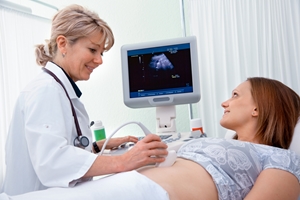The Queensland government is investing in bringing the state’s health system into the modern age, and creating ample opportunities for apprenticeships and traineeships in the process.
The state authorities recently announced a 20-year strategy to develop the health care industry using digital resources. In an announcement to audience members at a Committee for Economic Development of Australia (CEDA) event, Minister for Health and Ambulance Services Cameron Dick outlined the plan to incorporate more technology into medical facilities.
In particular, these are focused on four main areas: clinical systems, business systems, ICT infrastructure and the digital future of Queensland Health, a September 3 government media release read.
It will also create a significant number of jobs in Queensland, as Mr Dick explained.
Creating health care jobs in Queensland
“We estimate approximately 1,000 jobs will be created with the progression and implementation of the eHealth initiatives detailed in the strategy,” he began. “We need flexible, cooperative solutions that share the risk of development and implementation with [the] private sector.”
To reach this goal, the government aims to collaborate with organisations, businesses and the wider public.
“I want to place on record an open invitation to [the] industry to come to us with options and solutions to some of our complex problems,” Mr Dick continued.
Importantly, the goal to develop digital resources and skills in the health care industry will require a workforce with greater technical knowledge. It is likely, then, that apprentices and trainees will learn a varied number of skills outside of the traditional health services model to equip them with the necessary knowledge for the modern, digital work environment.
Brisbane hospital leads the way
With the digital era well underway, Princess Alexandra (PA) Hospital in Brisbane is leading the charge in becoming a technology-centric health care facility.
The hospital employs more than 6,500 people, and its well-reported digital renovation is set to be completed by the end of the year. The ongoing upgrade will include 200 additional mobile work stations, 770 barcode scanners, as well as 250 pathology label and 160 patient wrist band printers.
The aim is to create a more efficient process for admitting and, ultimately, treating patients, though that goal will rely on developing the skills of the 953 health professionals, 659 operational officers and 965 managerial and clerical officers.
Apprentices and trainees in the health sector will likely find their roles diversified quite extensively as a result – and not just in the Brisbane hospital, as Mr Dick concluded.
“Over the coming years, all Queensland hospitals will move towards this level of digitisation, making what happens at PA an important role model for the future.”
By Leanne Macnamara, Public Relations Coordinator
